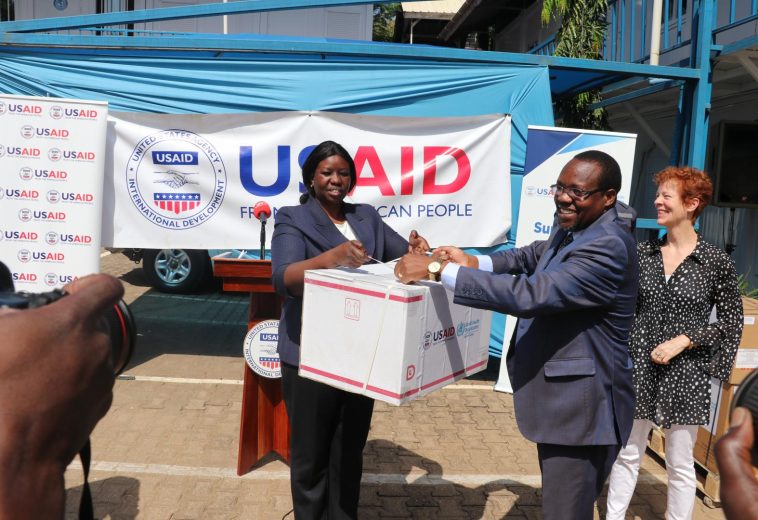Sub-Saharan Africa is a diverse region with mixed economies, each presenting challenges and opportunities for growth. Among these, the East African Community (EAC) and West Africa are sub-regions with distinct trajectories in economic development. Understanding the disparities in their growth rates and economic outlook is essential for grasping the broader dynamics of regional development in Sub-Saharan Africa.
According to a recent World Bank report, the region’s economy is projected to grow by 3.4%, increasing to 3.8% in 2024. Despite this growth, it’s unlikely to significantly reduce poverty in the region. Economic expansion in the region remains slow, hindering poverty reduction efforts. Per capita, GDP growth in Sub-Saharan Africa has less impact on poverty reduction compared to the rest of the world.
The East African Community, comprising Burundi, Kenya, Rwanda, South Sudan, Tanzania, and Uganda, has experienced relatively robust economic growth in recent years. The East African Community region is projected to grow by 5.3% in 2024, driven by strong growth in several countries. Factors contributing to this growth include political stability in some member states, a growing consumer market, increased investment in infrastructure projects such as transportation and energy, and a burgeoning entrepreneurial ecosystem. Additionally, efforts towards regional integration, exemplified by initiatives like the East African Community Common Market Protocol, have facilitated intra-regional trade and investment, further bolstering economic activity.
In contrast, West Africa, encompassing countries like Nigeria, Ghana, Ivory Coast, Senegal, and others, exhibits more varied economic performance. South Africa’s growth rate is expected to double in 2024, reaching 1.2%, while Angola’s is forecasted to rise to 2.8%. Nigeria’s growth rate is forecasted to be 3.3% in 2024, below its long-term average. Several countries in the region have defaulted on their external debt, including Zambia in 2020, Ghana in 2022, and Ethiopia in late 2023.
While countries like Nigeria boast significant natural resources and a large population, factors such as political instability, corruption, inadequate infrastructure, and dependence on commodity exports have hindered sustained economic growth in many West African nations. Additionally, the lack of effective regional integration mechanisms has limited the potential for intra-regional trade and cooperation, exacerbating economic disparities within the region.
Several factors drive these growth disparities between East and West Africa. One critical factor is governance quality, including the presence of transparent institutions, the rule of law, and effective public administration. Countries with stronger governance structures tend to attract more investment, foster innovation, and ensure efficient resource allocation, leading to sustained economic growth. Additionally, investment in human capital through education and healthcare plays a crucial role in driving productivity and fostering economic development.
Infrastructure development is another significant determinant of economic growth. Access to reliable transportation networks, energy, and communication infrastructure is essential for facilitating trade, attracting investment, and promoting economic activity. Disparities in infrastructure development between East and West Africa contribute to differences in growth rates within the region.
Moreover, the structure of the economy, particularly its reliance on agriculture, natural resources, manufacturing, and services, influences economic growth. Diversified economies with vibrant manufacturing and services sectors tend to exhibit more resilience to external shocks and generate higher value-added activities, contributing to sustained growth.
The implications of these growth disparities for regional development are multifaceted. Economic divergence between regions can exacerbate inequality, both within and between countries, leading to social unrest, political instability, and migration flows. Moreover, disparities in economic development hinder efforts toward regional integration and cooperation, limiting the potential for collective action to address common challenges such as poverty, climate change, and security threats.


